Frogs are cute, sure, but salamanders definitely hold the title for cutest amphibian. These often colorful, unique little animals are long and slender, with short legs and a rounded head. With over 500 different species, there’s something for everyone to love! Read on to learn about the salamander.
Description of the Salamander
While there is a wide variety of shapes and sizes, these creatures generally share the same characteristics. They have moist, mostly smooth skin that lacks scales, and somewhat resemble aquatic lizards. Different species have different colors and patterns, including spots, stripes, and other colorations.
Interesting Facts About the Salamander
When you have such a variety of species, there are virtually endless facts to choose from! Here are some of the most interesting facts about salamanders.
- Not-So-Little – The largest species of salamander, the Chinese giant salamander, can grow to nearly six feet long, and weigh almost 150 pounds! These massive amphibians are critically endangered, and their population is decreasing. As is the case with many endangered animals, Chinese giant salamander meat is considered a delicacy in Asia. This hunting, compounded with habitat loss and pollution, doesn’t bode well for these giants.
- Teeny Tiny – On the opposite end of the spectrum, the seepage salamander is the smallest of its kind! When full grown, this little amphibian measures only one or two inches long. When in danger, these tiny creatures leap out of harm’s way.
- Fiery Little Creatures – The name salamander comes from the Greek salamandra, which means “fire lizard.” Because these lizards frequently hide in logs, they were commonly discovered fleeing when the logs were tossed onto fires. This even led to the (incorrect!) belief that some species could survive in fire.
- Not a Lizard – Despite the close resemblance, salamanders are not lizards. Though they look similar, lizards are reptiles, and salamanders are amphibians, which lack the scales lizards have, and must be in a moist environment at all times.
Habitat of the Salamander
Salamanders come in a wide variety of species, and these species can be found in many habitats worldwide. They commonly live in mountain streams, hiding in logs or beneath rocks and stones. They inhabit a wide range of elevations as well. Some species reside close to 3,000 ft. while others live near sea level.
Distribution of the Salamander
These widespread amphibians can be found in many places worldwide. They are very common across North America, Mexico, Southern Canada, and portions of South America. They are also found throughout Eurasia.
Diet of the Salamander
Salamanders will feed on basically anything that fits in their mouths easily. Some common prey items, depending on the species and size, include flies, insect larvae, worms, crustaceans, small mammals, beetles, fish, and other insects. Some species catch prey with a sticky tongue, while others simply grab the prey with their small teeth.
Salamander and Human Interaction
Amphibians as a whole have been impacted heavily by human interaction. Pollution, land development, traditional “medicines,” deforestation, and other human activities put them in danger.
Pollution in particular is extremely detrimental to amphibians. Because amphibians breathe through their skin, water pollution can be immensely dangerous to them. Polluted waters typically kill amphibians very quickly, because they are unable to absorb oxygen properly.
Domestication
A number of salamander species have been semi-domesticated as pets. These animals are bred selectively for coloration and temperament.
Does the Salamander Make a Good Pet
Many salamanders and newts can make wonderful pets. Because of their sensitive skin, handling should be very minimal, as it could harm your salamander. These animals should only be kept as pets if they are captive bred, and the owner fully understands their needs.
Salamander Care
Salamanders need a moist habitat, and plenty of dark hiding places. They should be provided with water at all times, as their skin must always remain wet. Different species have different temperature needs, but most will need a cool environment.
Refrain from handling your salamander, their sensitive skin must remain moist and clean to allow them to intake oxygen. Your salamander will have different dietary needs based on its species. Always do your research before buying a pet.
Behavior of the Salamander
Salamanders do not have particularly complex behavior patterns. They use opposite legs to walk in a side-to-side motion, and swim in the water using an undulating movement. They search for food, hide and rest, and search for a mate. Some species defend territories, while others are more nomadic.
Reproduction of the Salamander
Pheromones play a large role in locating and selecting a mate. In most species, the male deposits a packet of sperm, called a “spermatophore,” and the female picks it up to fertilize herself. She stores the sperm and fertilizes her eggs internally, then chooses a safe place to lay them. The baby salamanders hatch as tadpoles, just like frogs do. These tadpoles slowly metamorphose into little salamanders.
Beliefs, Superstitions, and Phobias About the Salamander
A number of different legends regarding salamanders revolve around their supposed immunity to fire. As discussed previously, because these little creatures hide within rotting logs, when the logs were burned, the salamanders “magically” appeared – jumping clear of the fire.
The first reference to fireproof salamanders comes from Ancient Greece. Pliny the Elder, a Roman naturalist and natural philosopher from the first century A.D., purported that salamanders were so cold they put out fires. He also claimed their vomit would cause hair to fall out, and skin to develop rashes.

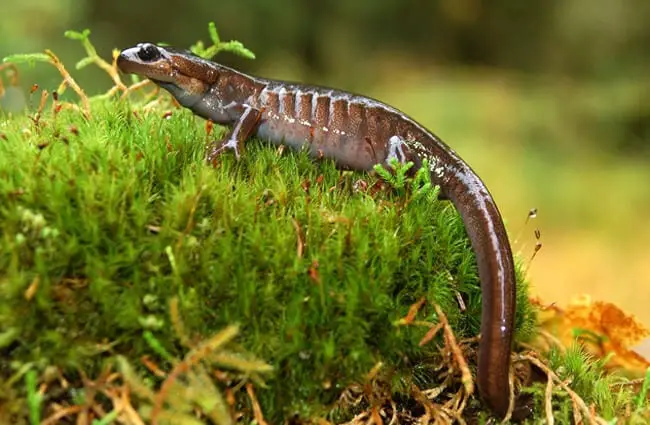
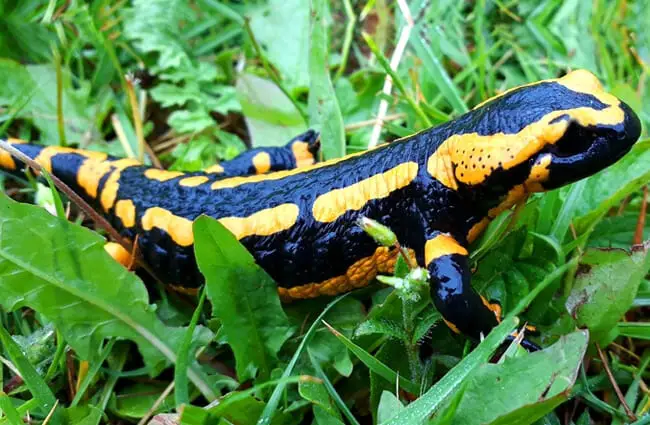

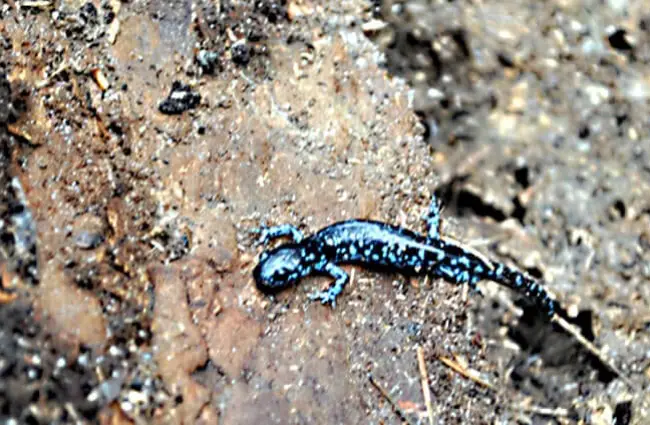
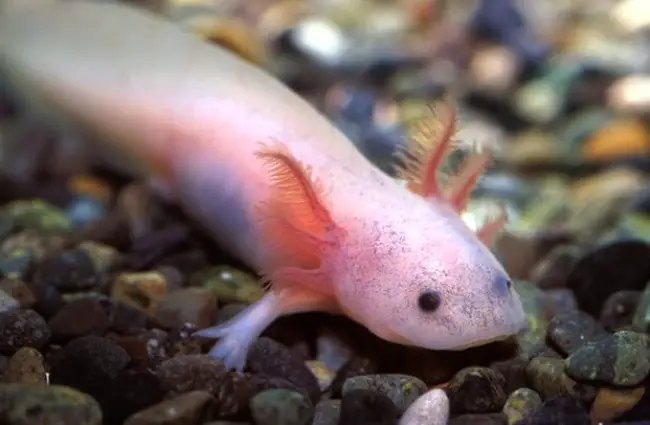
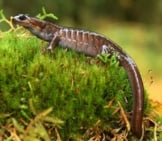

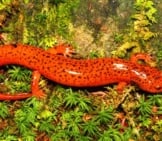
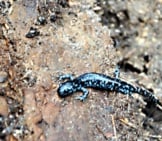

![Red Angus Closeup of a beautiful Red Angus cowPhoto by: U.S. Department of Agriculture [pubic domain]https://creativecommons.org/licenses/by/2.0/](https://animals.net/wp-content/uploads/2020/03/Red-Angus-4-238x178.jpg)












![Red Angus Closeup of a beautiful Red Angus cowPhoto by: U.S. Department of Agriculture [pubic domain]https://creativecommons.org/licenses/by/2.0/](https://animals.net/wp-content/uploads/2020/03/Red-Angus-4-100x75.jpg)

